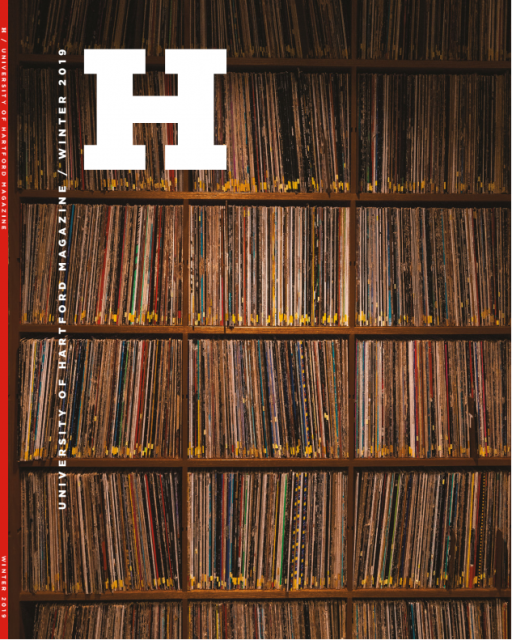Search
When the University of Hartford was incorporated just over 50 years ago by business and community leaders, they envisioned a center of education and culture for Greater Hartford. Read more...
Persons with disabilities who wish to access the WWUH Public File may contact John Ramsey at: ramsey@hartford.edu
Sunday Afternoon at the Opera - Krouse: Armenian Requiem; Trans Siberian Orchestra: Beethoven's Last Night
Sunday Afternoon at the Opera host Keith Brown writes:
From Haydn and eighteenth century classicism we bound forward into the twenty first century to audition music for a solemn commemoration. The Armenian Requiem by American composer Ian Krouse (b. 1956) was written to mark the centenary of the Armenian genocide of 1915. Armenia is an Orthodox Christian country; there is no tradition there of a structured Latin requiem aeternam as there is in Western Roman Catholicism. Nevertheless, Krouse constructed this commemorative work employing elements reminiscent of a Mass for the Dead with Armenian liturgical chants and settings of verse by Armenian poets (eg. the Prelude, "I Want to Die Singing" by Siamanto) and the folk melodies of Komitas. The overall effect is like that of Benjamin Britten's War Requiem (1960).
Royce Hall in Los Angeles is a splendid venue in which to record a large-scale sacred composition such as the Armenian Requiem. It was there that the world premiere recording was made in 2015 for release in 2019 through the Naxos label on two compact discs in the "American Classics" series. The performing resources required were considerable: the UCLA Philharmonic, the Lark Master Singers chorus, the Tatzian Children's Choir, the VEM String Quartet, four vocal soloists and a duduk player, the duduk being a Middle Eastern reed instrument. Neal Stulberg leads the entire musical assemblage.
We pause momentarily in the Lenten musical proceedings for a different sort of quasi-operatic piece which is, like Krouse's requiem, also a product of the twenty-first century. This is also something of a rock musical, a gothic-style crossover work à la Andrew Lloyd Webber's Phantom of the Opera.
That monumental musical genius Ludwig van Beethoven died in the month of March: March 27, 1827 to be exact. Paul O'Neill and Robert Kinkel of the Trans Siberian Orchestra conceived a fantasy of what Beethoven's last night was like. It involves a series of phantoms, who play out the story against the backdrop of a thunderstorm. It seems Beethoven has composed a complete Tenth Symphony, greater than the Ninth, which will be his final artistic offering to the world. He gets caught up in a Faustian bargain for his soul and for the manuscript of that never-heard masterpiece. The phantom of his Immortal Beloved pleads on his behalf. Even the ghost of Mozart makes an appearance. There is a singing cast of nine characters, with backup adult vocalists and a children's choir. Kinkel plays keyboards and O'Neill is heard on guitars, with traditional string players augmenting the electrified instruments and the rock drum-kit rhythm section. Trans Siberian Orchestra: Beethoven's Last Night was released in the year 2000 by Atlantic Records on a single silver disc.




